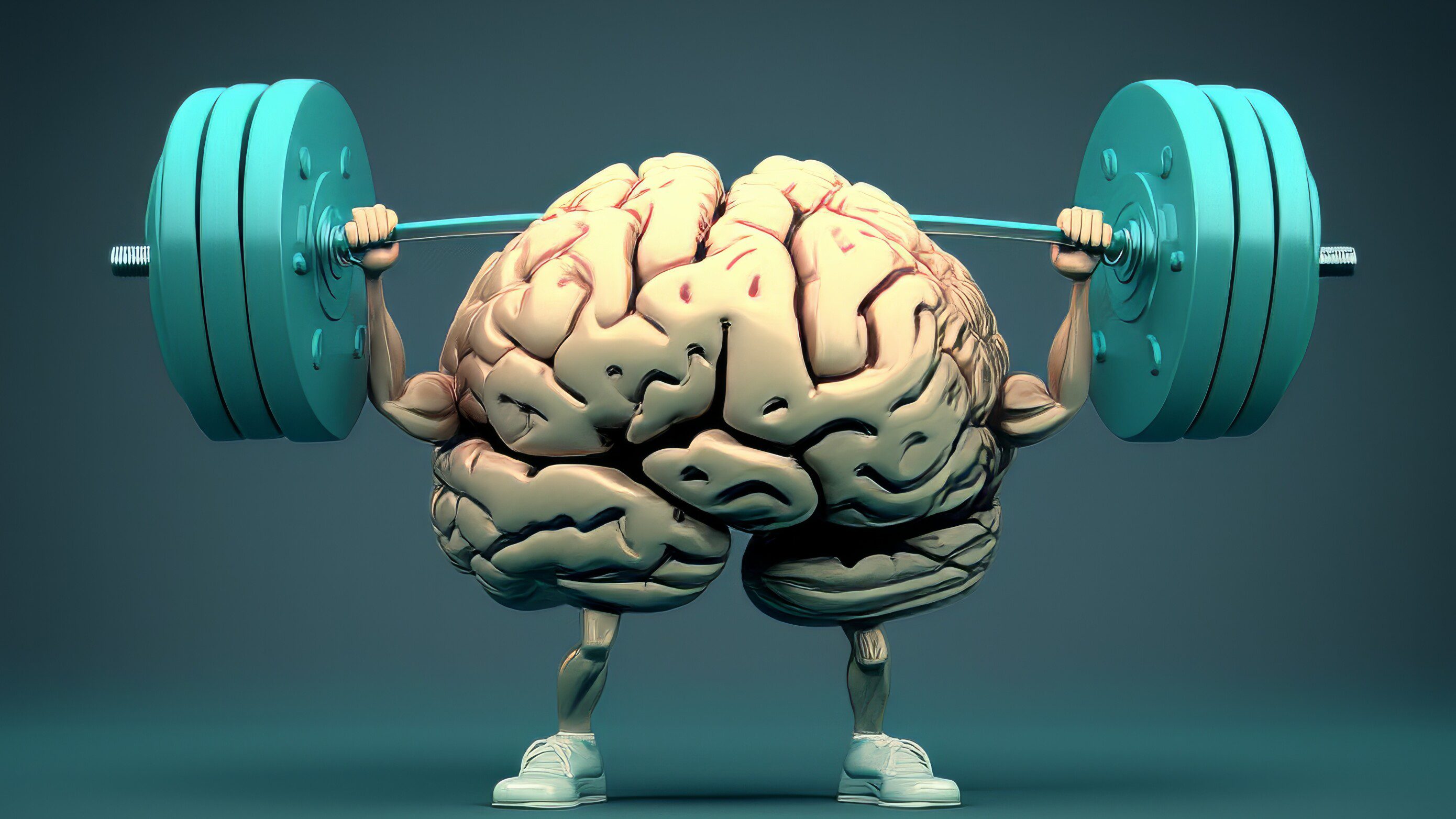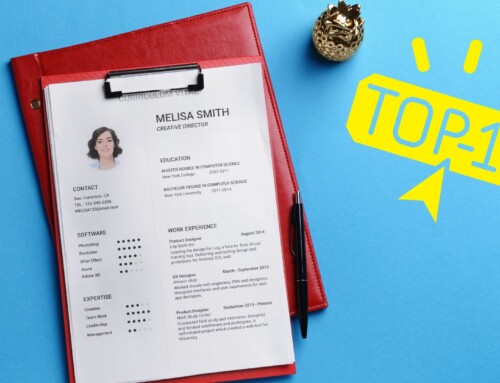In today’s fast-paced world, the ability to learn quickly and efficiently is increasingly valuable. Because the faster you learn, the faster you can apply your knowledge and reap the rewards. However, our brain’s ability to store information in short-term memory is limited. George Armitage Miller’ s seminal 1956 study revealed that the average person can store only about seven items in short-term memory. It follows that when faced with a presentation or lecture that presents ten important points, it is virtually impossible to remember everything. The key lies in bridging the gap between short-term and long-term memory. Today, we’ll look at effective techniques for improving knowledge retention and transferring it from the fleeting hold of short-term memory to the permanent storehouse of long-term memory.
Write it down
People who “remember” tend to forget. Those who write it down, however, remember it. There is no easier and more effective method to retain all the valuable information you have acquired. The solution is to have everything organized so that you can get to specific information quickly.
Divide your notes into categories by subject or topic and create separate sections for each. Within each section, arrange the information chronologically or in order of importance and put it in a logical sequence. Consider using headings, subheadings, bullet points or numbering to structure your notes and make them easier to navigate. In addition, colour coding or the use of different highlighters can help to visually differentiate key points or related ideas. Make sure your notes are clear and legible, use a consistent format and concise language. The key to organizing your notes effectively is to create a coherent and organized system that suits your style and makes it easy to find information efficiently.
Staggered repetition
Let’s say we want to learn a new word in a foreign language. If we say it or write it ten times in a few minutes, we will most likely forget it. Instead of cramming all the information into one session, spread the repetition over multiple days or weeks. This technique, known as spaced repetition, takes advantage of the psychological spacing effect, which suggests that we learn and retain information better when we encounter it at certain intervals. By repeating material at strategic intervals, you strengthen neural connections and increase the chances of encoding information into long-term memory.
Active learning strategies
Passive reception of information can hinder the effective transfer of knowledge. Conversely, engaging in active learning strategies can promote deeper understanding and memory consolidation. Techniques such as summarising the information in your own words, learning someone else’s material or creating self-teaching flashcards can help you to actively process and consolidate what you have learned. By actively engaging with the material, you strengthen neural connections and increase the chances of transferring knowledge from short-term to long-term memory.
Chunking
One effective technique for improving the retention of information in memory is chunking. Instead of trying to remember individual items individually, you can group related information into meaningful clusters or “chunks.” For example, if you need to memorize a series of numbers, such as 3141592653, you can divide it into parts such as 3,14, 159, 26 and 53, which correspond to known mathematical constants and significant digits. By organizing information into manageable chunks, you can overcome the limitations of short-term memory and make it easier to remember. Remember that chunking is not just for mathematicians. You can use the same method no matter what you are learning. You just need to connect the pieces of information in any way you can.
How do we remember our know-how in Atena?
As a company that innovates every day, it is very important to help our employees remember information about new tools they can use to increase productivity or make their work easier.
Therefore, we do not rely on a single method. First, we store every piece of information we have available. The most important parts of each meeting, presentation or training session are clearly stored and available to our employees at any time. Another method we use is spaced repetition – by repeating important information from time to time and creating a test about it, we ensure that everyone in the company remembers it. At Atena, we also rely on active learning and chunking strategies when we find an opportunity to apply it, as these are also excellent ways of retaining information for the long term.
How do you make sure you remember something? Share with us in the comments section below.







